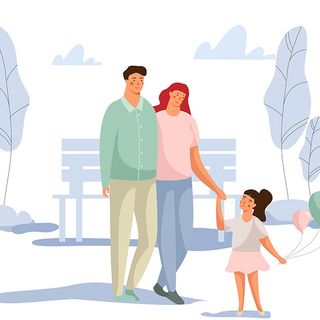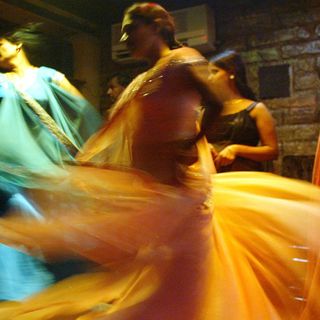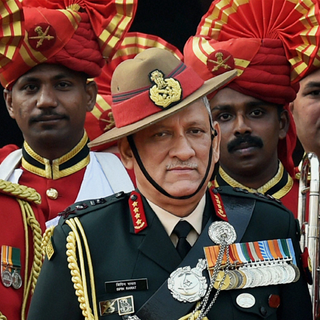“Sexuality in any form, heterosexual or not, is shaped by caste,” said Dhiren Borisa last Friday, during a panel discussion at ‘Queeristan,’ a two-day program (18 and 26 January) by the Godrej India Culture Lab. The event, ‘Caste and Queerness’ focused on the intersection of caste and sexuality — and specifically, on what it means to be queer and Dalit in India.
Caste is pivotal in terms of producing and reproducing the ‘right’ kind of heterosexual coupling, argued Borisa, a poet and urban sexual geographer — the kind that privileges certain bodies and certain sexualities, but that affects us all. After all, what are honor killings and arranged marriages, except manifestations of how the caste system exerts control over sexuality? The feminist and queer struggle in India cannot win any freedoms for itself, until it reckons with the root of these problems — caste.
Panelist Kiruba Munusamy, an advocate and founder of Legal Initiative for Equality, touched on the same issue, saying, “Whose problem is shaving of head? Whose problem is sati? Where does the oppressions faced by women come from? From Brahmanism, and it’s because of Brahmanical patriarchy.” Caste informs our lives, our desires, our attractiveness to others, and the kinds of power structures that we function under.
Over the course of the panel discussion, which was moderated by writer-director Aroh Akunth, this point became indisputable.
“Caste is used when we decide our markers of beauty, creating a logic of desirability even in queerness,” said Borisa. “Even ‘attractiveness,’ skin colour, and a ‘good background’ are ideas loaded in caste.” Respectability politics, then, becomes a stand-in for caste markers, when it comes to identifying partners and friends. The neighborhoods people live in, the parties they can afford to go to, the color of their skin, the clothes they wear, their fluency in English, their surname — these markers make asking what caste a person is unnecessary. At the same time, most people are unwilling or even defensive about acknowledging the privileges that caste affords them, and the ways they unwittingly hold up Brahmanical patriarchy.
Queer spaces and communities, then, which routinely face discrimination and violence from these hierarchies, would logically be the antidote to these power systems. However, the intersections of class and caste ensure that certain people, even within these communities, function with more privilege than others. The panelists assured us that when caste is brought up in queer communities, it’s often met with silence and hostility. “Most of the Dalit trans people are facing a lot of discrimination within the community, within the LGBTIQ platform,” said panelist Grace Banu, an activist and India’s first trans engineer.
Amid Pride month, in India, the panelists talked about how caste decides who gets to be proud, who gets to celebrate Pride. Borisa pointed to the way caste functions on Grindr, a dating app commonly used by LGBTQ+ folks. In North India, some profiles will proudly name caste — ‘Jat,’ ‘Gujjar,’ or ‘Rajput;’ there are no profiles that identify with lower caste communities, he said. In employment spaces, people with surnames like Bhattacharya, Chatterjee, Sharma, and Joshi are the norm — who gets to wear their caste markers proudly, while saying names don’t really matter, asked Borisa.
He points to the way queer people were treated even before the Supreme Court’s repeal of Section 377. Police routinely harassed and arrested Kothis and trans women at queer parties, but not gay men, who had access to lawyers and safety networks. Some bodies are more disposable than others. While we celebrate Pride, let’s not forget that, he urged.
The theme of this year’s Pride month, ‘Pride For All,’ seems to hint at this idea of multiplicity — that being queer is not a monolithic identity, but one that needs to be intersectional in its thinking. The fight against Brahmanical patriarchy — and other power structures that disadvantage and inflict violence not only on LGBTQ+ bodies, but on heterosexual ones as well — is a fight that must acknowledge the way caste functions, at all levels of our lives.




